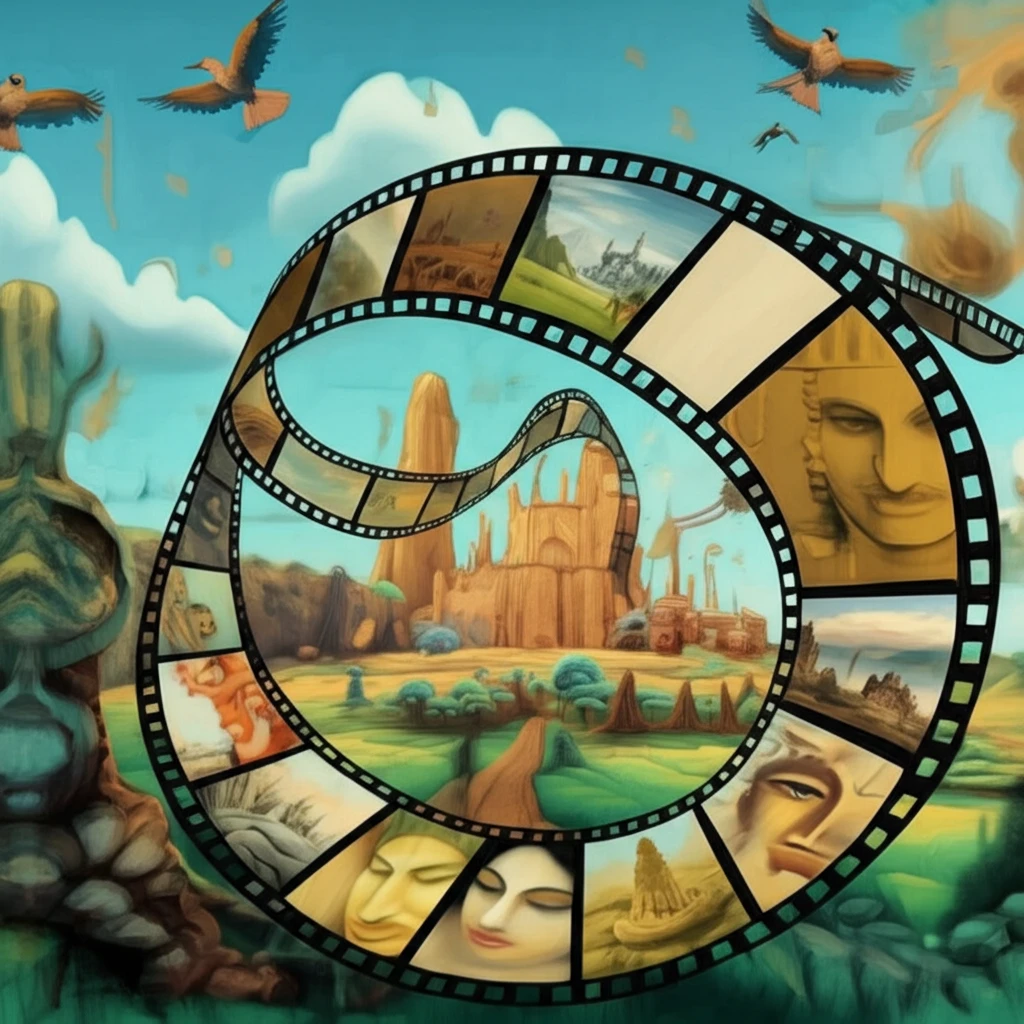
Beyond Bollywood: Unveiling India's Critical Documentary Aesthetics
"Dive into the world of Indian documentary films that challenge mainstream narratives and explore the nation's identity through a critical lens."
Indian cinema is often synonymous with Bollywood's vibrant song-and-dance spectacles. However, a parallel world of documentary filmmaking exists, offering a starkly different perspective on India's realities. These films, often critical and deeply introspective, challenge mainstream narratives and provide a platform for marginalized voices and unconventional stories.
Aparna Sharma's "Documentary Films in India: Critical Aesthetics at Work" delves into this fascinating realm, examining the work of three key filmmakers: David MacDougall, the Desire Machine Collective (DMC), and Kumar Shahani. Sharma's analysis explores how these filmmakers use their craft to question dominant ideologies, explore complex social issues, and redefine the very aesthetics of documentary filmmaking.
This article unpacks Sharma's insightful observations, inviting you to discover a side of Indian cinema that goes beyond entertainment, engaging with critical social commentary and artistic innovation. We will traverse their unique approaches to filmmaking, aesthetics, and the exploration of India's multifaceted identity. For women and younger audience, expect to see some cutting edge views.
Challenging the Mainstream: A New Vision of India

Sharma's central argument revolves around the idea that these documentary filmmakers actively resist the mainstream values of the Indian nation-state and the lingering effects of colonialism. They achieve this by employing distinct aesthetic approaches that prioritize individual expression, challenge conventional representations, and foster a dialogue between the filmmaker and their subjects.
- Observational style emphasizes seeing as a form of social inquiry.
- Ethnographic approach captures intimate community glimpses.
- Reflexivity critiques national institutions through individual stories.
Beyond Representation: Towards a Broader Understanding
Sharma's book offers a valuable contribution to the field of film studies, particularly for those interested in Indian cinema and documentary filmmaking. By focusing on the aesthetic choices and critical perspectives of these three filmmakers, she provides a nuanced understanding of how documentaries can challenge dominant narratives and contribute to a more complex and multifaceted representation of India. While the book may lean heavily on textual analysis and the author's personal interpretations, it serves as a compelling introduction to a vibrant and often overlooked area of Indian cinema, paving the way for further research and discussion about the role of documentaries in shaping national identity and challenging social norms. These are critical in understanding a much richer Indian cinema and understanding the discourse around film making.
